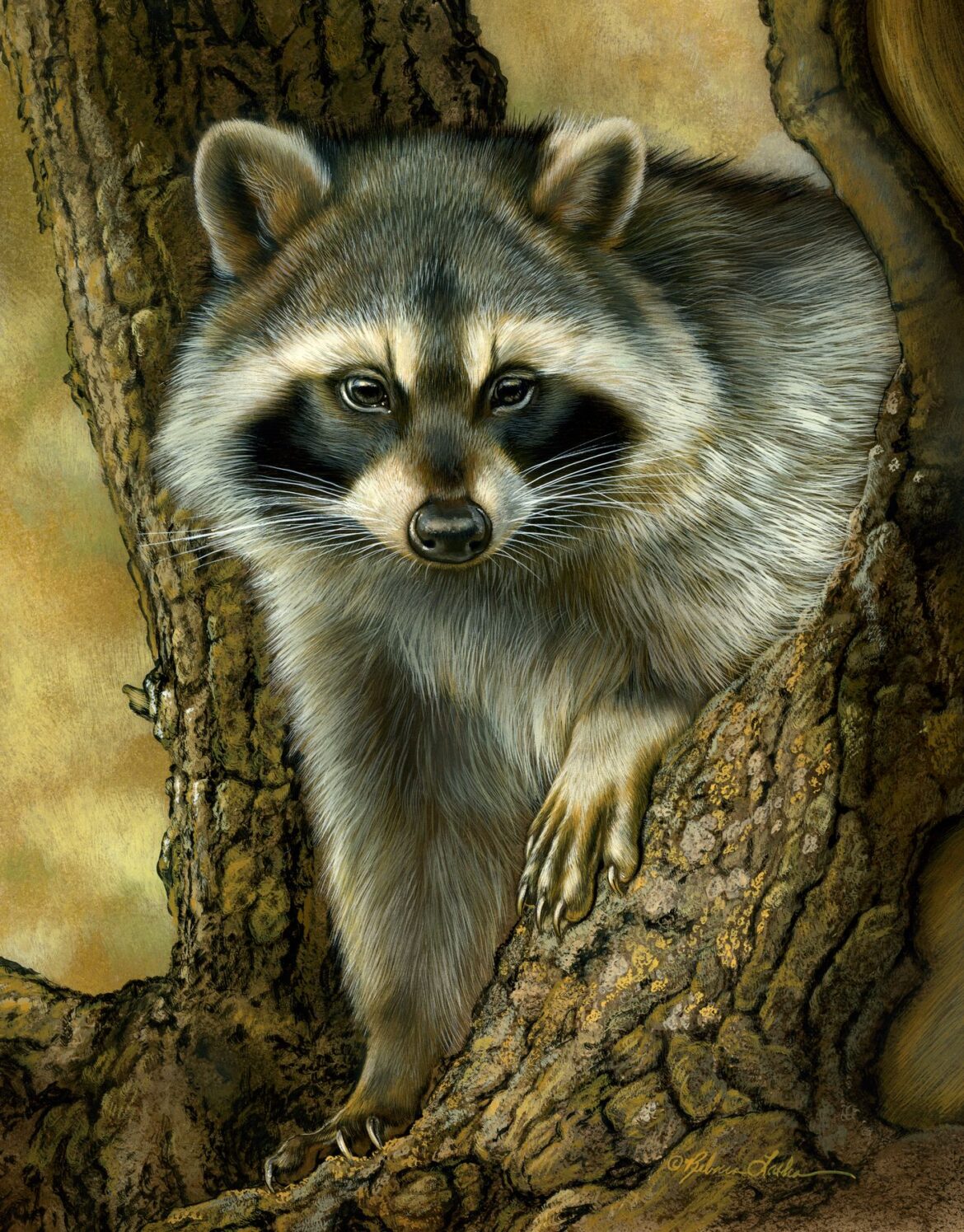Art has the power to connect—to bring distant worlds into focus, to create relationships between the observer and the observed. For me, wildlife art is more than just a reflection of nature’s beauty; it is a bridge, a way to invite people into the wild, to make them pause long enough to see, to feel, to understand.
The natural world moves quietly, often unnoticed. The curve of a river bending through the trees, the cautious steps of a deer in the morning light, the silent wings of an owl passing overhead—these moments unfold with or without human attention. And yet, they are deeply intertwined with our own existence.
Through art, these fleeting scenes are brought closer, held still for just long enough to reveal their significance. A painting does not simply depict an animal; it creates an encounter. The viewer is placed before the subject, given the chance to meet its gaze, to notice its expression, to consider the life it leads beyond the frame. In that moment, the separation between human and wildlife softens. Connection begins.
This is what art can do—it can remind us that nature is not distant, not something apart from us, but something we are part of. It can foster empathy for the creatures whose worlds are changing, whose habitats are vanishing, whose future depends on choices we make. It can awaken responsibility, not through force or urgency, but through quiet reverence.
To paint wildlife is to extend an invitation—to step into nature, to recognize its fragility, to appreciate its complexity. It is a bridge, built not with words, but with form, color, and light—a path leading from admiration to awareness, from awareness to care.
For when we truly see nature, when we take the time to understand it, we come to realize that protecting it is not an obligation—it is an instinct.
